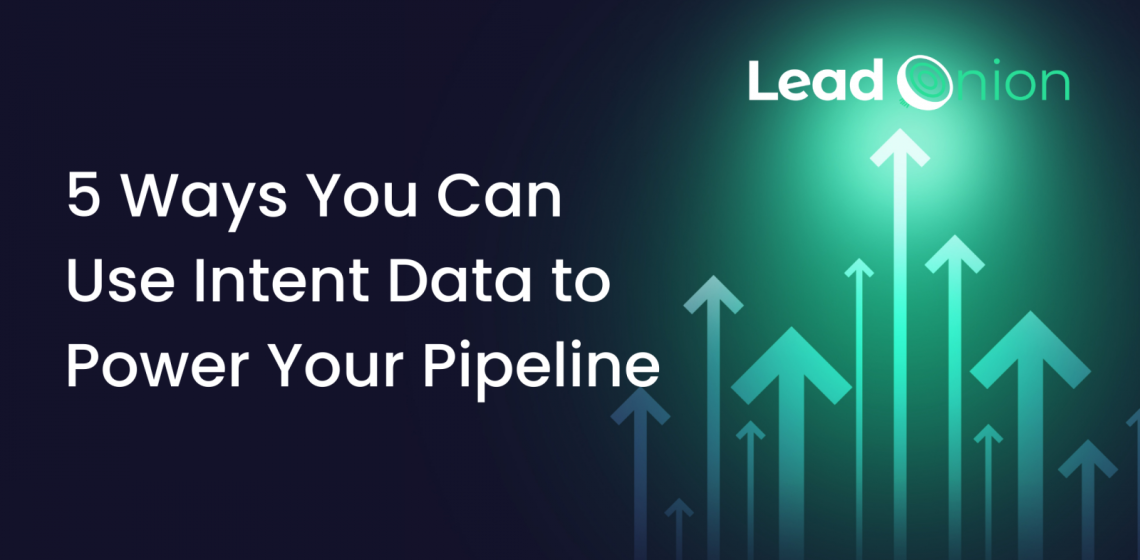Acquiring intent data is the first step towards transforming your pipeline, but the next step is how you use Buyer Intent once you have it. If you employ the right strategies, your Buyer Intent can influence the key areas that will boost your success.
1. Identify Prospects in Buying Mode
Undoubtedly one of the greatest benefits of using intent data is being able to hone in on the prospects who are in buying mode.
 Not only does this eliminate the legwork in pitching sales or content to prospects who are uninterested, it also allows you to focus your sales and marketing activity on those who are already researching your solution.
Not only does this eliminate the legwork in pitching sales or content to prospects who are uninterested, it also allows you to focus your sales and marketing activity on those who are already researching your solution.
2. Lead Score
In order to see the leads who are ranking high in the consideration phase, you need to be able to identify the behaviours which indicate their likelihood to purchase and assign value to their actions.
Intent data helps you determine when a prospect is actively engaged in their research and moving towards a purchase, compared to those who are merely browsing your market with no intention to buy. When you have the tools to prioritise the leads who score the highest, you can cut out the time wasted on prospects who are at the bottom of your pipeline. The result is a more value-based ranking system compared to lead scoring done without intent data.
3. Retain Customers
It goes without saying that keeping your customers is just as important as landing new ones. Buyer intent isn’t only geared towards locating new prospects, but it can help in retaining the customers you already have.
When a customer has purchased your solution, you can track their activity on product review sites, competitor pages or search engine topics, which could suggest they’re considering switching to a new provider.
Using Buyer Intent, you can set up triggers which will track the frequency of your customers’ actions and mark these as indicators of success. If a customer is ramping up the number of times they’re engaging with a competitor or review site, you schedule emails or calls to respond to their needs and improve customer satisfaction.
4. Improve Content
Once you have a concrete log of intent data, you have the foundations to start building a content strategy which responds to what your ideal prospects need. From trending topics to popular keywords, through to platform usage and pain points, you will be able to refine your content so it addresses your prospects' wants. For example: if you optimise your content titles and headers in response to your intent data, you can directly address any queries in their research and help nudge your prospects further down their buyer journey.
5. Refine Advertisement Targeting
Once your Buyer Intent data opens the door to the prospects who are keen, active and shopping in your marketplace, you can use this information to refine your targeting in email, search engine and social media ads.
Not only does this save your ad revenue from being spent unintentionally on the prospects who aren’t inclined to but, but ensures your ad campaigns over a higher ROI.


.png)